The steel market will not experience a situation of 'no off-season'.
Category: Company News
Aug 27,2021
In the current situation of oversupply, it is highly likely that steel prices will decline again in July and August 2020. However, due to environmental protection impacts, the decline may be limited, with a reference drop expected to be between 50-150 yuan/ton. On July 21, Jin Lian Chuang steel analyst Hou Jiwei stated that the overall supply-demand pattern of China's steel market cannot be compared to that of July 2018, and thus environmental protection speculation will not lead to a phase of price increases like in 2018.
On July 15, the National Green Development Fund Co., Ltd. held an unveiling ceremony. This is a national-level investment fund in the field of ecological environment in China, which clarifies the country's firm attitude towards strengthening ecological civilization construction and promoting green development. At the same time point, with similar previous trends and 'environmental protection journeys', on July 3, 2018, the State Council publicly released the 'Three-Year Action Plan for Winning the Blue Sky Defense War', leading to large-scale environmental production restrictions in steel mills. Steel production was low, resulting in shortages of certain specifications in some regions of the market. Meanwhile, after production restrictions were imposed by steel mills, they continuously raised factory prices; the average price of steel rose from around 4050 yuan/ton at the beginning of July to a high of 4572 yuan/ton by late August, an increase of over 500 yuan/ton, creating an unusual peak season for the steel market in July and August 2018.
Hou Jiwei analyzed that although demand was pulled forward prematurely, during the peak demand season in September and October 2018, steel prices did not rise; instead, they faced a 'waterfall-like' decline afterward. The conditions for an unusual peak season in the summer steel market of 2018 are clearly not replicable.
Hou Jiwei introduced that at the beginning of 2020, affected by COVID-19 pandemic, downstream demand and transportation in China's steel market came to a standstill. Although there was some reduction in production from steel mills, without downstream support, social inventory and mill inventory both surged to record highs—this was exactly opposite to the situation at the beginning of 2018. 'Subsequently, as domestic outbreaks were brought under control and various favorable national policies were introduced, social inventory steadily decreased. However, by July, total social inventory remained high—over an increase of more than 80% compared to the same period in 2018,' said Hou Jiwei.
'Currently, social inventory of steel has begun to stop declining and is increasing again; this means that downstream demand during off-peak seasons has started to weaken significantly. In addition to this year’s rainfall being noticeably higher than previous years—with severe flooding occurring in some areas along the Yangtze River—demand for downstream steel products is weaker than it was in 2018 but not significantly so. Under these circumstances, it is also difficult for similar environmental production restriction policies to have comparable effects; moreover, there are expectations that regulatory intensity for environmental inspections will be more relaxed than previous years due to economic recovery post-pandemic,' Hou Jiwei believes.
Related Articles
Aug 16,2021
Mar 18,2022
Aug 16,2021
Aug 16,2021
Aug 27,2021
Aug 27,2021







